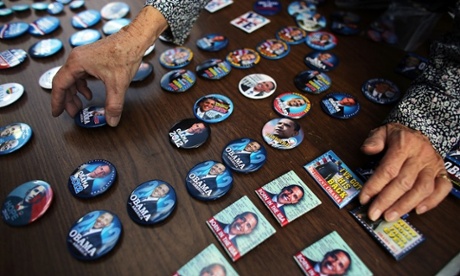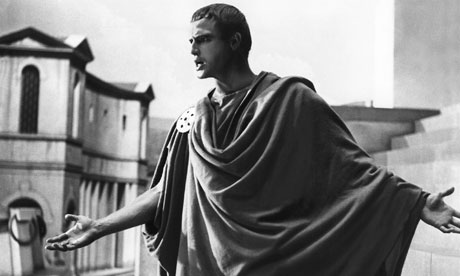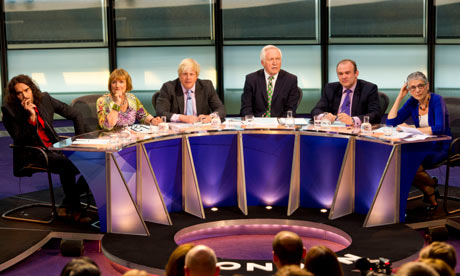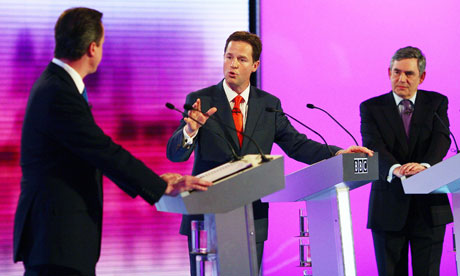The ICC's CEO hopes to get India on board and backing the review system, but that doesn't look likely to happen
Martin Crowe in Cricinfo
March 24, 2014

How can there be a zone of certainty for something that never happened? © BCCI
David Richardson, the CEO of the ICC, runs world cricket from an executive position. He also set up and designed the one and only DRS, which is sometimes nicknamed the David Richardson System.
The roots of this experiment with technology date back to 2007, when Richardson was the ICC's general manager. Following the awful Monkeygate controversy in Sydney in 2008, when umpiring howlers dominated a nasty contest between Australia and India, Richardson fast-tracked the DRS to avoid any further outcry for technology to help the umpires in the middle. It made sense; umpiring mistakes followed by copious replays, enabled by technology, of those mistakes, were killing the spirit of the game. That nasty series was the watershed. Enough was enough.
In mid-2009, the launch of Richardson's system was hastily arranged in time for the Sri Lanka v India series. For some reason they chose not to use the highly credible Hawk-Eye technology and instead went with a rookie rival, Animated Research Limited, a New Zealand-based operation. The result was a disaster. The details are well documented. The upshot was that India, rightly, condemned the predictive path used, and the conditions of the player challenge.
Since that ill-fated start in Sri Lanka, the DRS has spluttered along, accompanied by a mixture of embarrassment and the inevitable spin that all is well. Apparently, according to Richardson himself, the percentage of correct decisions has risen, but that is going by the rules of the system itself, which, with its "zones of certainty" concept, offers flawed predictions. Hardly an accurate measure for basing statistics on. Overall, the system has lacked credibility, and the BCCI has been the only one to consistently point this out.
Last week, however Richardson seemed to pre-empt a BCCI about-turn, based on his convincing former India captain Anil Kumble, who is on the ICC's technical committee, and also the upcoming appointment of N Srinivasan as ICC chairman. Kumble, who was critical of the DRS back when it first appeared is now seen as an easy pushover, ensuring that Richardson finally gets full global approval for the system.
Kumble is an independent, astute, balanced, outstanding man and player, well respected in the world game. I had the privilege of working with him in 2008, in the first IPL, and over the next few years on the MCC World Committee. Without question, he will be true to his beliefs. As for Srinivasan, nothing seems to faze him, and his opposition to the system has been unyielding.
Two things stand out. Firstly, it is inconceivable that Kumble, or the BCCI, will buckle. Secondly, the system is so flawed that the only long-term solution is to bin the dog's breakfast it is, and start from scratch.
The flaws have been well debated. The predictive path is never going to be bulletproof, and it often shows trajectories significantly different to those that would have come to pass. After all, the system is operated by humans.
The player-challenge rules are ridiculous, with two gambling chips offered for either side, slowing the game down and continually disrespecting the umpires' ability.
| The player-challenge rules are ridiculous, with two gambling chips offered for either side, slowing the game down and continually disrespecting the umpires' ability | |||
Take a look at an imaginary scenario, of the sort often seen in Tests now (although not necessarily off consecutive balls as described below).
A batsman is hit on the pad and is given out. Knowing it's a 50-50 call, that he is a key batsman, and that his team has two unsuccessful challenges, he decides to review. The ball-tracking predictive path shows the ball clipping the leg stump by a whisker, so with the benefit going to the umpire, and not the batsman, the lbw is upheld. The batsman walks off convinced there was doubt about might have happened. He's convinced if the DRS wasn't in use, he would have been given the benefit of doubt, so he rues the system. The umpire himself learns that it only just clipped the top of the leg stump. He is relieved, yet also perhaps startled at how close it was, and put in two minds, remembering that in the pre-DRS days, it was the batsman who usually got the benefit of any doubt.
With the next ball, the new batsman receives the same delivery. He is hit on the pads, and this time, after much rumination, is given not out by the same umpire. The fielding captain, knowing it's 50-50 and that he has two unsuccessful challenges left, decides to review. The predictive path shows the ball just clipping the leg stump, not inside the "zone of certainty", so the review is turned down, the batsman and the umpire getting the benefit, the fielding side losing a challenge. The batsman previously given out is watching in the dressing room as he undoes his pads. He's fuming.
Next ball, there is another shout for lbw. Again, it looks similar to the one before, so the umpire gives it not out. The fielding captain, knowing he has one unsuccessful challenge left, decides that again it's worth the gamble to remove this key new batsman, so calls for another review. The predictive path shows the ball just hitting leg stump, but a little closer to the middle of the stump. In fact, when it's zoomed in really close, it has hit the leg stump only a fraction inside where the previous ball struck. But as it is hitting the centre line of the stump, and is therefore inside the "zone of certainty", the third umpire must tell the umpire in the middle to reverse his decision and give the batsman out. The umpire in the middle crosses his arms and raises his finger. The batsman and umpire have both been denied the benefit, while the fielding captain is cock-a-hoop because his gamble has paid off. On top of that, he keeps his one remaining challenge alive.
In three balls you have a snapshot of the ridiculous system the ICC has hung its hat on. Zone of certainty? For something that never happened, was simply predicted? No wonder so many players think it is flawed - though they rarely say it out loud in case of retribution. Also, it is little wonder the fans think it's madness, because it's confusing, complex and often contradictory.
The DRS as it is needs to be scrapped. Instead, why not sit down with everyone's interest and opinion tabled and we might see the following, or something similar.
One unsuccessful challenge per team per innings. The clear direction to all players will then be that the only time the system should be used is when an embarrassing mistake has been made that should be overturned for everyone's sake. In other words, the players are protecting the umpire. The system is not for personal or team tactical use. That would be regarded as going against the spirit of the game and the umpires.
This way, the game keeps moving, whereas if the third umpire was given the exclusive role of reviewing, he would be doing it every time, including for any 50-50 calls, for fear of been hauled up and exposed for not getting every single decision right. This would only slow the game down more, and cricket is already an incredibly slow sport. In truth, all sports can't ensure all decisions are accurate; that is part of their beauty. What is important is to remove embarrassment, to protect the umpire and the player on the wrong end of such a howler.
No predictive path is necessary. The trajectory that is forecast never came to pass in reality. It is subjective to the umpire and his expertise, and is part of cricket. To remove the howler, Hot Spot and real-time Snicko, along with super slo-mo replays can do the job.
The technology that should be used is the actual path and the virtual mat. That is accurate to a few millimetres and is sufficient to assist the umpires with line calls regarding balls pitching outside leg or hitting outside off, just as it does for line calls for stumpings and run-outs, and as in tennis.
Alas, Richardson is incredibly stubborn. There isn't a chance in hell he will back off his own creation, and hence the ongoing stalemate. He is hoping to sway Kumble, Srinivasan, and the BCCI, with spin. One would imagine that Kumble knows bad spin from good more than anyone. Richardson is up against a resolute, enduring opponent. He, for one, has a shelf life, and the BCCI, which isn't going anywhere, won't budge an inch. The stalemate will continue.





